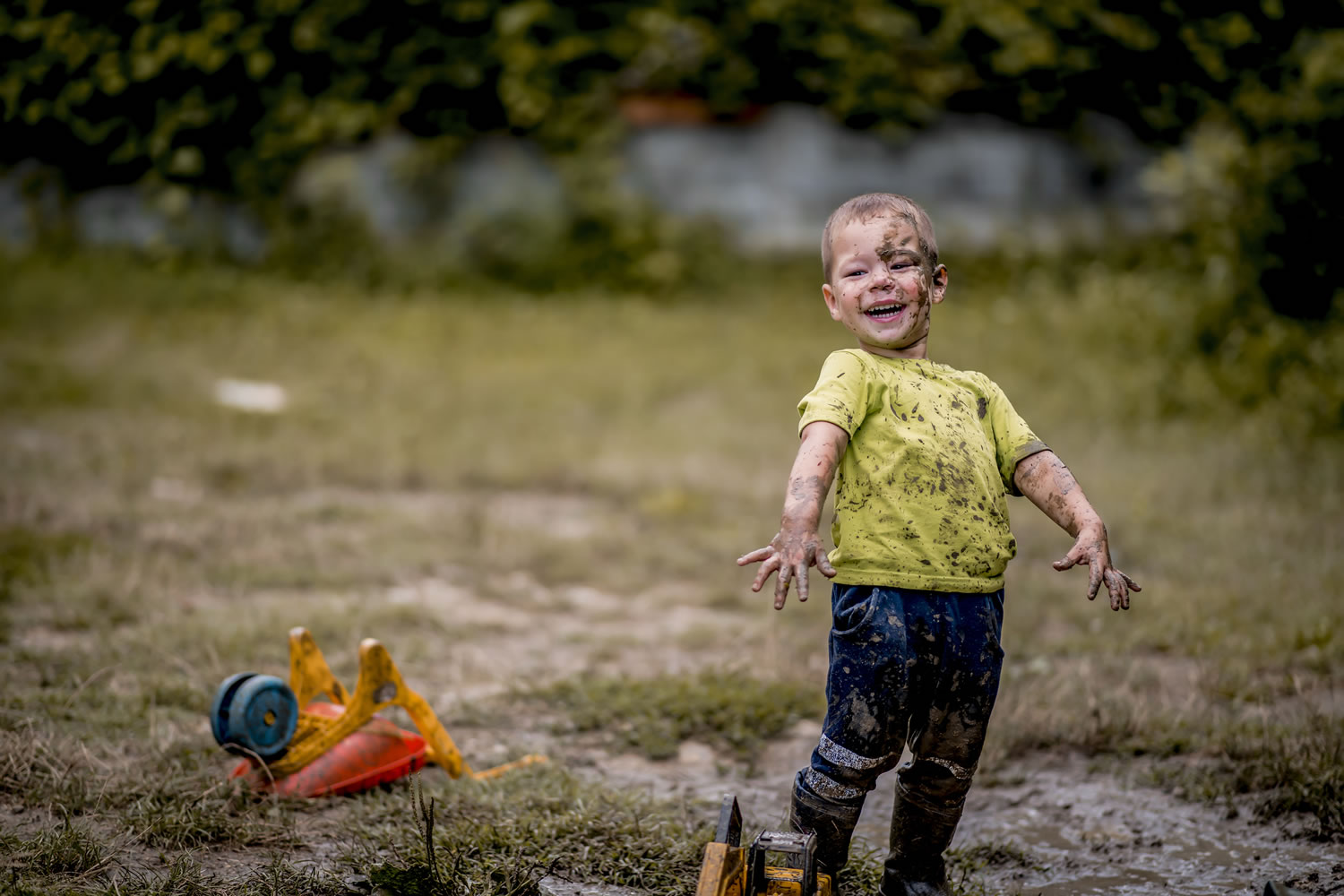Planning for outdoor play every day
Published on Tuesday, 31 August 2021
Last updated on Monday, 30 August 2021

Despite the temperature drop, there’s no such thing as a winter break for outdoor playtime. The benefits for children to learn, connect with nature and increase physical activity are too great to ignore, and a change of season presents unique opportunities to for play-based learning and exploration.
Whether it’s free or structured play, the research has overwhelmingly shown the experience of playing outdoors for young children helps them to develop across all domains and promotes the acquisition of non-cognitive skills, attitudes, and behaviours that are essential for healthy development.
While winter weather may limit outdoor play due to safety risks it should not stop it. Here are some of the benefits of outdoor playtime in winter:
- Fresh air, vitamin D and an escape form indoor germs
- Promotes physical activity
- Broadens learning opportunities
- Boosts social interactions
- Assists emotional development
- Sparks creativity and imagination
Outdoor play is all about making the best of all seasons and planning for the colder months is key. This includes addressing the attitudes of educators, the inclusion of supportive policies and practices, and getting families on board with cold weather outdoor play.
Here are some ideas from embracing the chill factor and overcoming some of the perceived challenges of outdoor play in winter.
Develop policies for outdoor play
The philosophies, policies and practices of early childhood settings have a large influence on children’s outdoor activity level and on the kind of play behaviours and learning that children engage in. To ensure all-season effectiveness embed winter practices to support children and educators such as:
- Principles for practice, such as child-led or structured activity
- Links to priority learning outcomes
- Implications for supervision
- Management of risk
- Access to a range of experiences
- Children’s cultural references
Secure support from educators
Organise a team meeting to ensure all educators feel comfortable with the knowledge and resources to effectively use the outdoors as an integral and rich learning environment in winter. This can help identify the support that’s needed, get everyone on board and motivated.
An educator’s beliefs and own engagement with the outdoors has been found to mediate the number of quality of opportunities for outdoor play. So, promote a positive attitude to outdoor play and this will transfer to the children.
In 2018 Swansea University published research demonstrating the impact of increased job satisfaction for primary school teachers when outdoor learning was included in their program. The benefits could be just as relevant to early years settings and being outside offers potential for boosting wellbeing and lower stress levels.
Secure support from families
Let families know up front about your centre’s outdoor play program and the year-round importance of outdoor play. As the temperature drops, fire up your communications and connect with families on why outdoor learning during winter continues, and what you’ll do to keep children comfortable and safe.
Involve and show families that their children are comfortable, safe and happy by inviting them along to an information session, inclusive outdoor experience or by sending images to families of their children at play. To reinforce the developmental benefits of your program, communicate without the jargon on the important learning moments their children are engaged in.
Planning: The key to winter outdoor learning.
Winter outdoor learning doesn’t just happen by itself. A recent article by Famly on the Scandinavian approach to winter outdoor learning, quoted Early Years educator and experienced UK forest school leader, Jo Skone:
“When it’s done well, outdoor learning looks unplanned. But great learning happens when someone plans it, prepares it, and can be adaptable and flexible with the children,” Jo says. “You can’t leave it all to chance. I would never show up in the morning and see what happens. You’ve got to have some tricks up your sleeve for whatever the weather brings.”
Use the weather and changing seasons as teachable moments. Plan activities and learning outcomes for winter variations such as rain, after rain, windy or sunny conditions. Consider your lessons and educate yourself or ask for support where necessary.
The intention is to make maximum use of the material available in nature and to support children in the learning by asking questions and provoking ideas that encourage children to think, imagine and make their own decisions.
Be warm, keep it fun and positive.
As the Scandinavians say, “There’s no such thing as the wrong weather, just the wrong clothing.”
Dress for the weather. Educators need to be warm and comfortable outside, as do young children. Encourage layering so that clothes can be added or removed when required. Ask families to send their children in with a pair of gumboots, a beanie and a raincoat and some spare warm clothing in case it is needed after a messy or wet outdoor play session.
Physical activity is an important part of children’s healthy development and what better time to encourage movement then when you’re outside and need to keep warm. Plan ahead and have a list of active things to do in any situation. This could be a prepared scavenger hunt or a go-to game for running around. There’s also dancing or musical play that’s sure to deliver giggles and joy.
References and further reading
The education hub: How can I help children make the most out of outdoor play?
CareforKids.com.au: Outdoor winter activity makes a lot of sense
Related Articles

Forest kids and the move towards outdoor learning
Why nature play and outdoor learning is so beneficial for kids.

Outdoor winter activity makes a lot of sense
Five good reasons to continue outdoor play during winter, how children benefit and what elements are necessary to ensure they have a comfortable experience, despite the conditions.

The magic of learning outdoors
A range of fun, cost effective and educational outdoor learning experiences to engage the children in your early education service.
